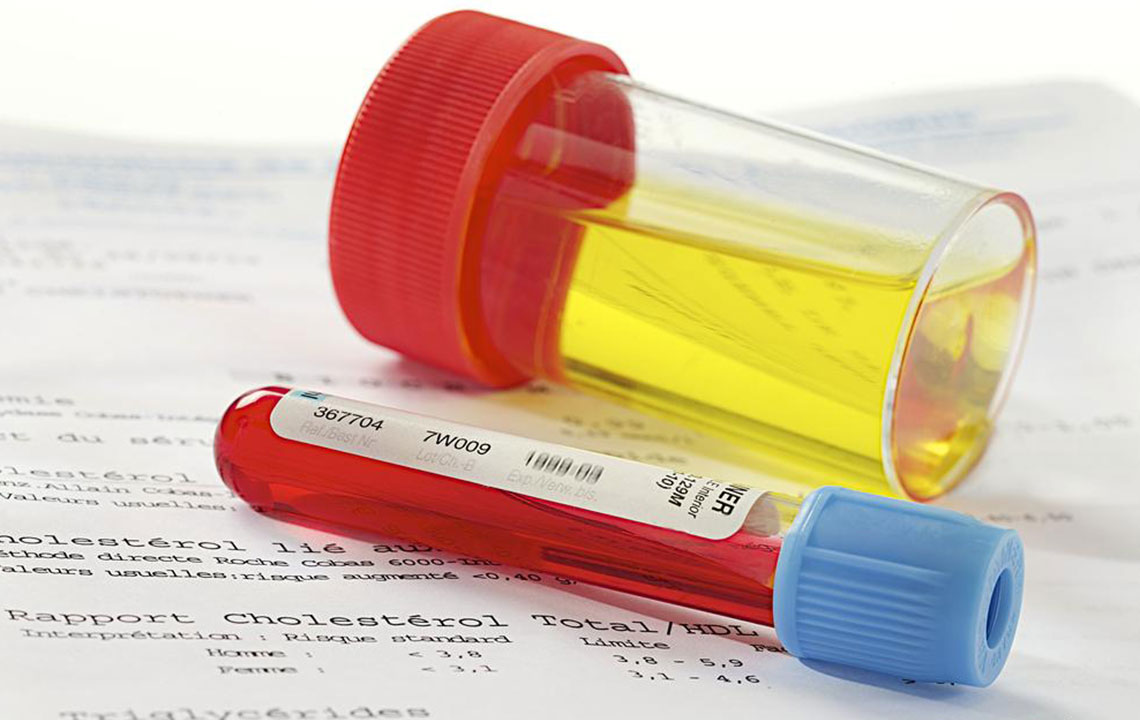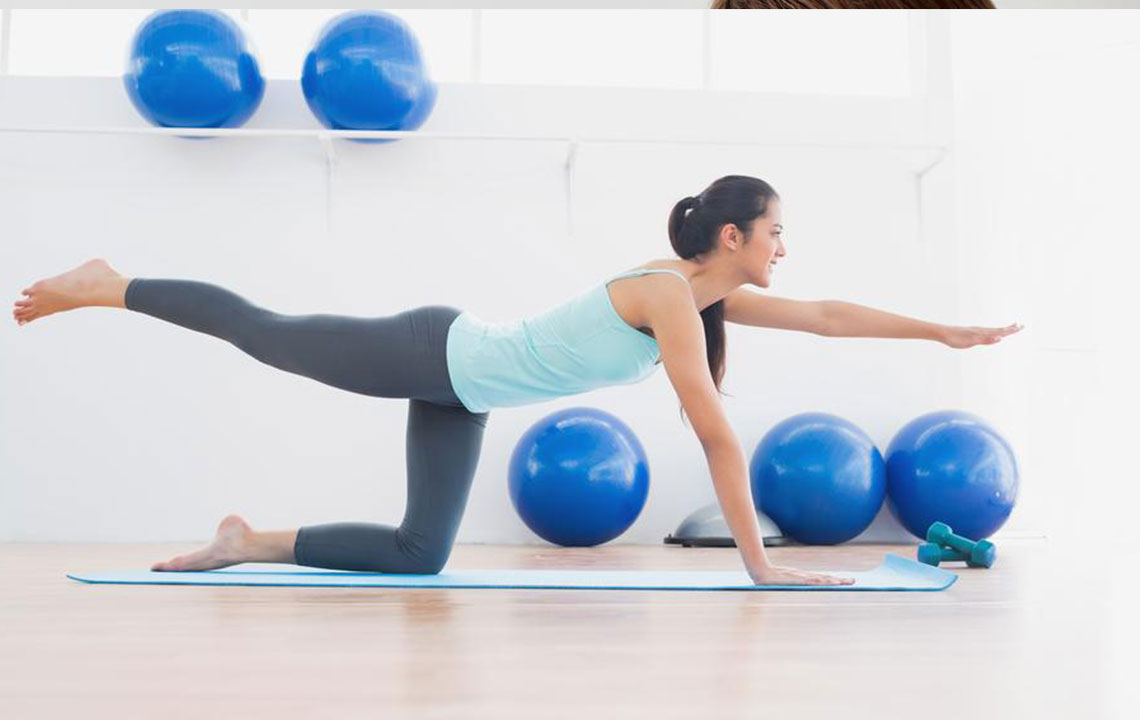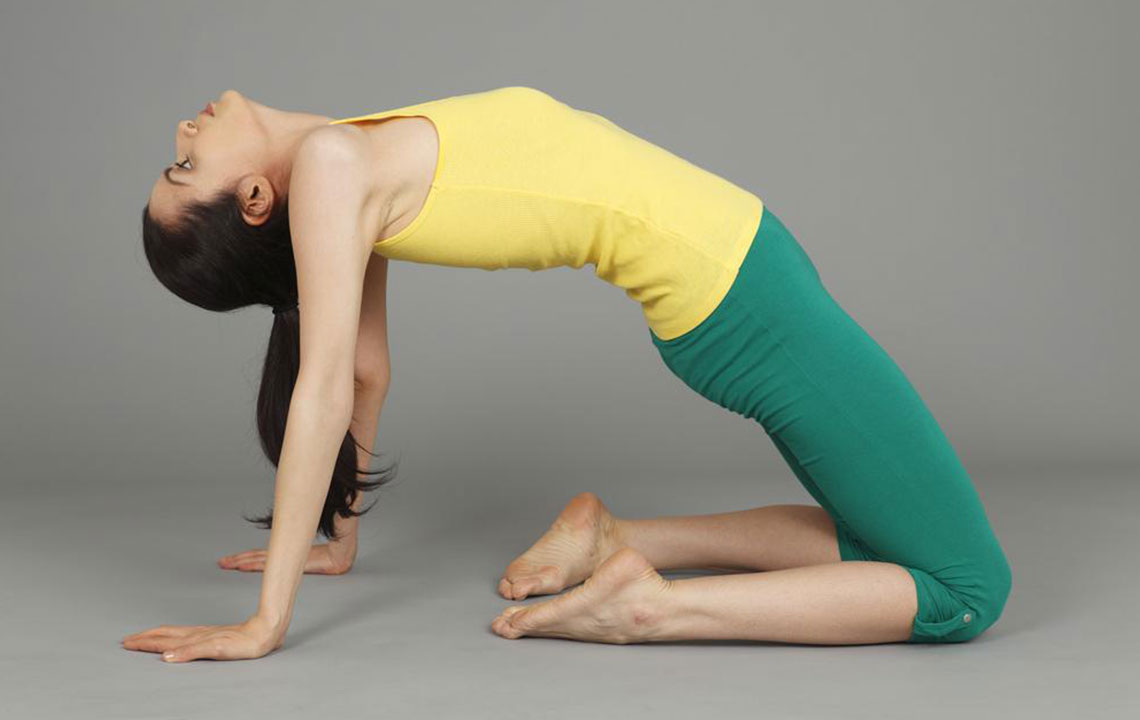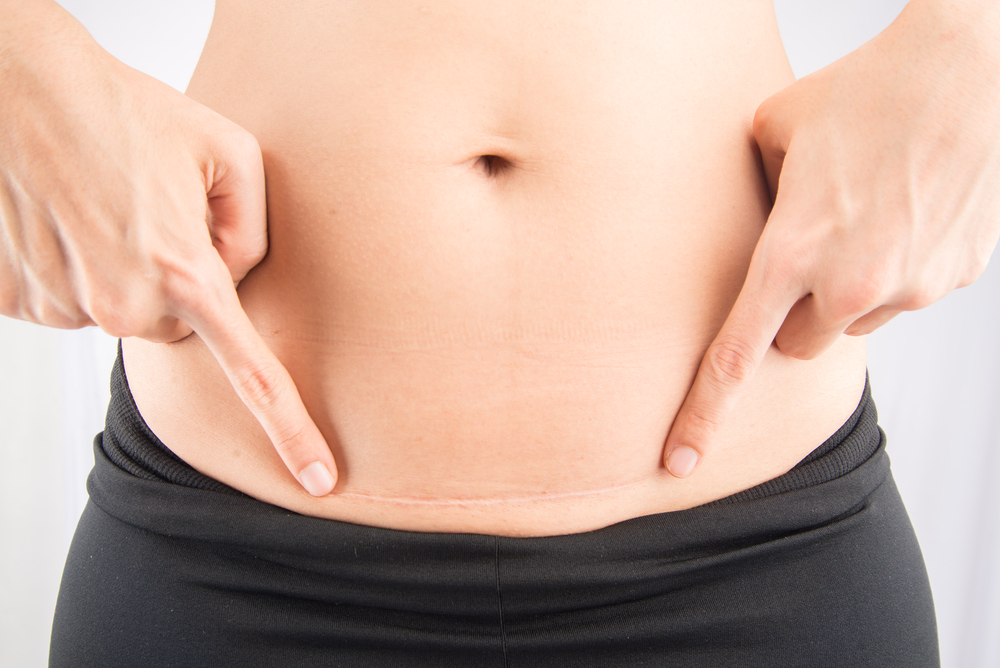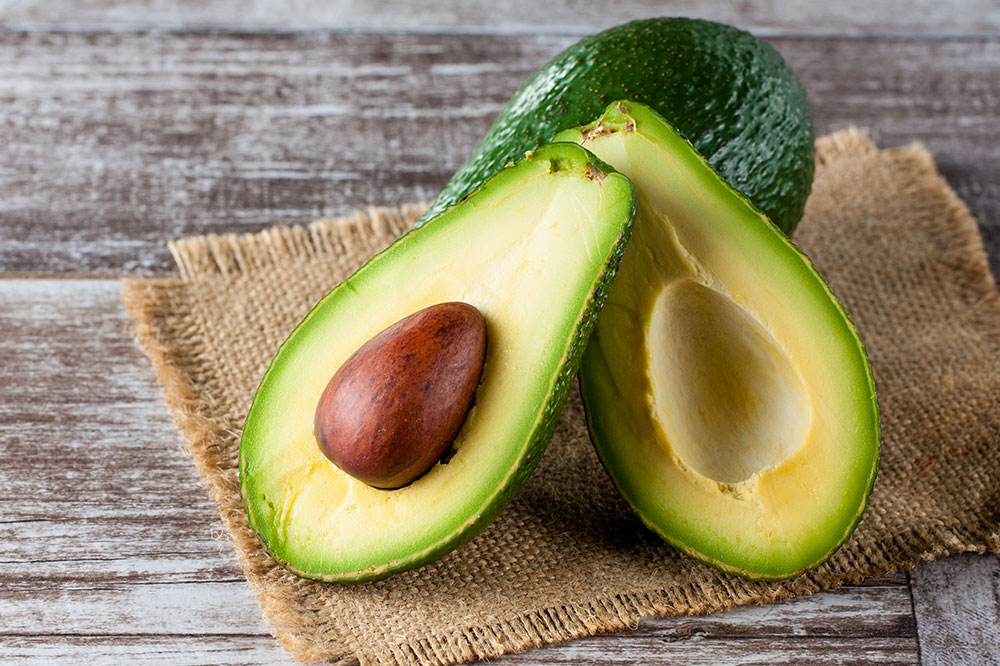Essential Postpartum Fitness Tips for New Moms
Discover essential postpartum fitness tips for new mothers. This guide emphasizes gradual activity, balancing exercise with breastfeeding, assessing pelvic health, and prioritizing rest and hydration. Learn safe ways to regain strength and energy after childbirth with patience and care, ensuring a healthy recovery process.
Sponsored

Top tips to stay active and healthy after childbirth
Achieving fitness after pregnancy requires patience and realistic expectations. Every woman’s recovery journey is unique, so there's no specific timeframe to resume workouts. Listen to your body and only begin when you feel ready. When starting postpartum exercise, here are some crucial guidelines to keep in mind:
Ease into physical activity gradually
Your body needs time to recover; avoid pushing too hard early on. Gentle walks are excellent initial activities. Begin with five-minute brisk walks, gradually increasing duration and intensity. Stop immediately if you experience pain, bleeding, or discomfort. Avoid heavy strollers initially, as they might cause strain. After a month, consider gentle stretching or postnatal exercise classes.
Balancing fitness and breastfeeding
If you are nursing, take it slow—your milk supply needs time to stabilize. Your body sheds excess fluids in the first days postpartum, so gradual activity is best. Maintaining a nutritious diet is essential for both breastfeeding and fitness progress. Once your body adjusts, you can safely resume gentle exercises.
Explore diverse postpartum workouts
Unnecessary to jump into intense routines immediately, opting for walking, swimming, or low-impact cardio is ideal. Swimming is especially beneficial, being gentle on joints and aiding core and pelvic muscle strength. Avoid high-impact activities in early recovery phases.
Assess your pelvic floor health
Check if your pelvic muscles are strong; if weakened, strenuous exercises like crunches or core workouts may hinder healing. Kegel exercises are recommended early on, helping to rebuild pelvic strength without added pressure from more intense workouts.
Stop exercising if bleeding resumes or worsens
Monitor bleeding closely. If bleeding increases after activity, your body may need more time to heal. Patience is key before ramping up physical activity.
The importance of rest and hydration
Rest is just as vital as exercise. Ensure adequate sleep and time to relax post-workout. Staying well-hydrated, especially during breastfeeding, supports recovery and overall health. Drink water consistently to stay energized and maintain milk production.

